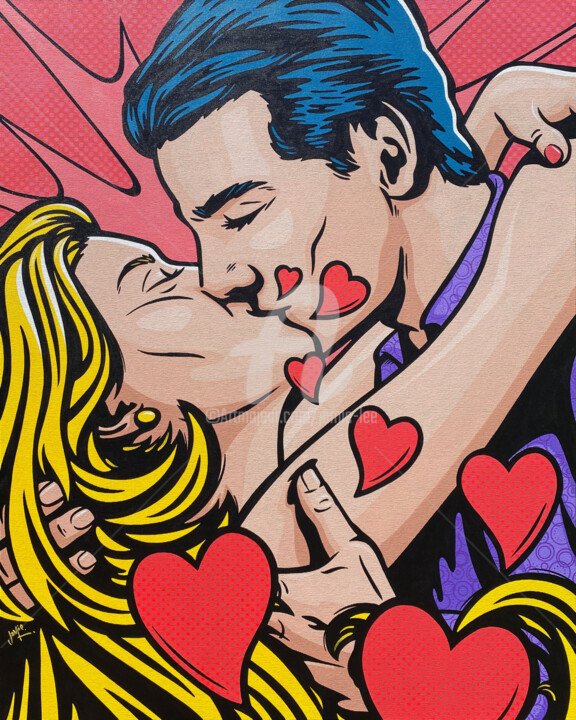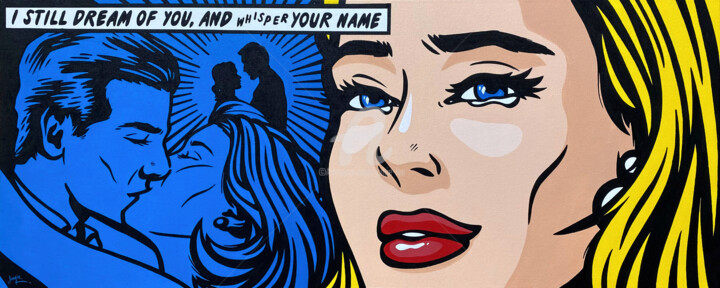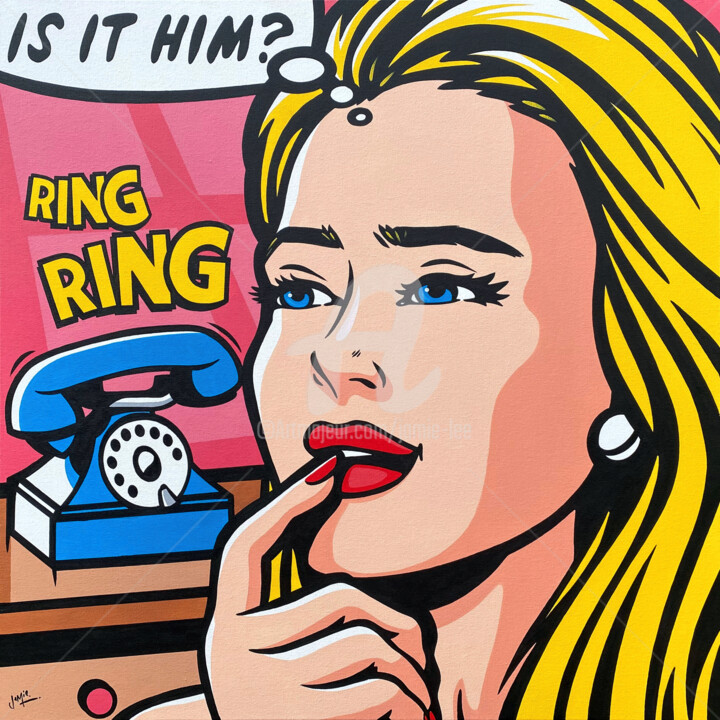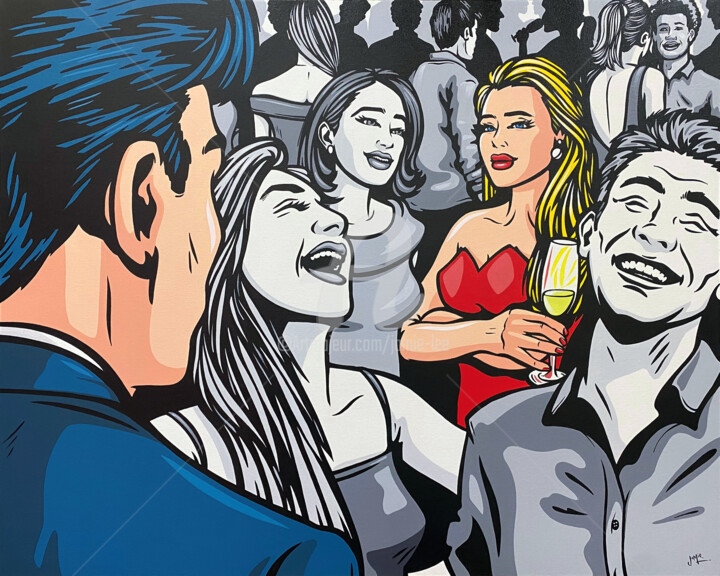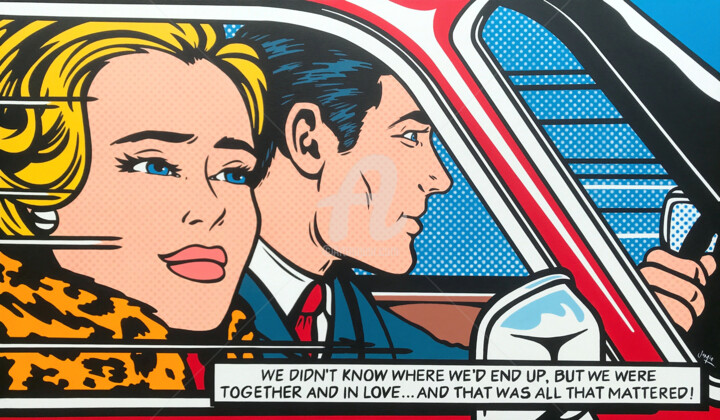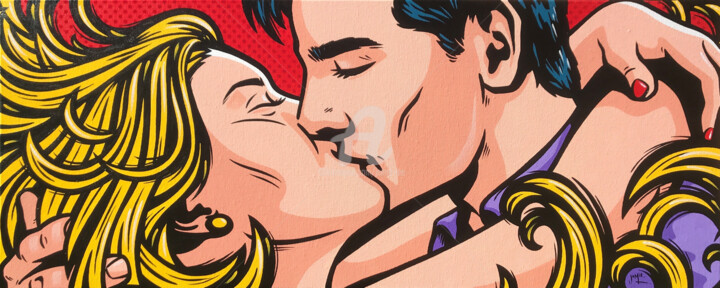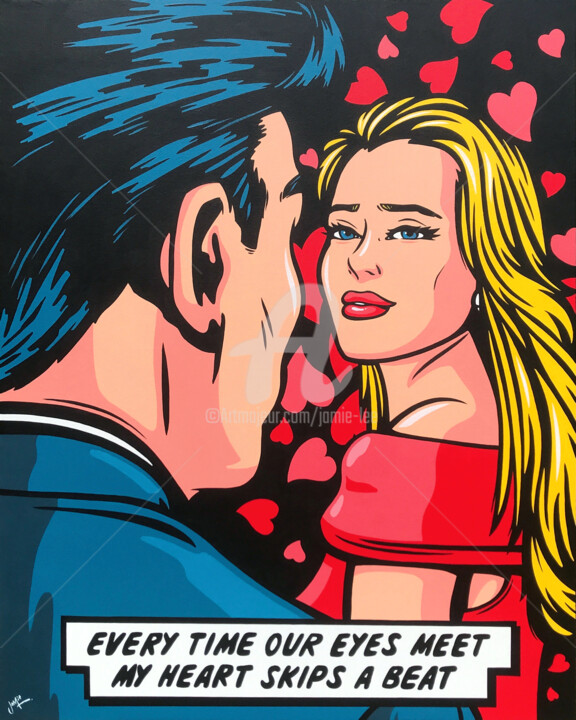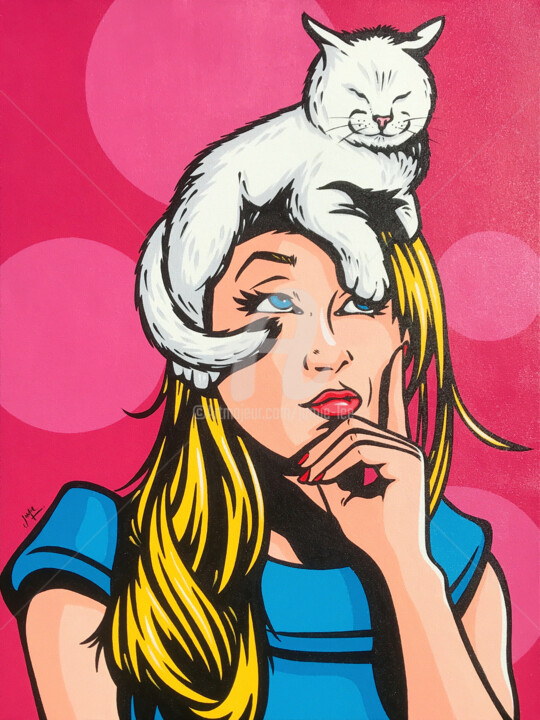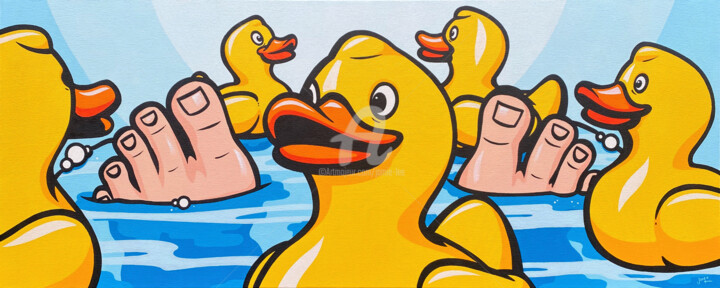What made you approach art and become an artist? (events, feelings, experiences…)
I can go all the way back to when I was around 5 or 6 years old, my father would take us to the big library in town every week where the upper floor was an art gallery. Before the rest of my family had even opened their first book I’d be upstairs looking at all these wonderful paintings just captivated by them. To this day I’m not much of a reader, but if the book is illustrated, thats different! Like most people I’m attracted to the freedom in art, its truly a place free of the constraints of society. If there’s a blank canvas in front of you, you can do whatever you want. I once had a long blank canvas hung over the desk in my office for months before I was struck with inspiration to paint rubber ducks in a bath on it. I’d never painted rubber ducks before, and I had no idea where the idea came from, we’re shower people, we don’t even have a bath. But I painted it solid in my thought that it won’t be a painting that ever sells, it’s just something I had to do. It ended up being bought by a collector in South Korea. And that’s art - you never know where you’ll end up.
What is your artistic journey, techniques and subjects you have experimented with to date?
So after studying art at college, I went on to university but dropped out as I was drummer for a band which took priority in my life back then. Over the next ten drumming years I took the odd graphic design work as and when I could, mainly corporate logo design and illustration. Then I came to Paraguay where I began painting murals to brighten up the walls of many of the poorest institutions and schools in this beautiful country to bring a little colour and hope to these places. I was supporting this work selling my vector illustrations through Getty Images, and this combination of murals and sharp vector illustrations is what became the foundation of my pop art today. Telling a story in a single frame, with the sharpest and crispest lines possible on a stretched canvas. My pop art generally speaking carries the theme of love in one form or another, with the odd deviation here and there, love is the emotion I’d like to portray the most. But I also have an ongoing series of red paintings which tend to explore good vs evil, or our journey through this life, the search for purity and goodness in a polluted world. In this series my techniques are much more diverse.
What are 3 aspects that differentiate you from other artists, making your work unique?
- I don’t use any automated software to create my designs. So much comic book pop art nowadays is from a photo that’s been run though a ‘pop art-ising’ software, then copied onto the canvas. And you can see this instantly. My designs are drawn by hand before being painted.
- I strive for perfection in my line work. Thats the vector artist in me.
- I want my work to appear printed, although this has backfired before when someone outright refused to believe it was all hand painted. Since then my wife will take many photos during the painting process.
Where does your inspiration come from?
My subjects are people and their emotions, this is infinite source material and infinitely fascinating. Love. And all aspects of it. Romance, affection, love for your fellow man, love of God, unrequited love, lost love, love of movies and music and the people who shape our world.
What is the intent of your art? What visions, sensations or feelings do you want to evoke in the viewer?
I want the viewer to be lifted. That may be through a scene or memory of something or someone past, or a scenario they can project themselves into. Sometimes I’ll explore the darker side of emotions because that’s a reality none of us can escape in our lives but my overriding goal is usually to illustrate happiness, excitement, warmth and put a smile on the viewers face.
What is the process of creation of your works? Spontaneous or with a long preparatory process (technique, inspiration from art classics or other)?
The idea is the golden nugget at the centre of any piece. Then if the piece requires it I’ll hire models to photograph for positions and I’ll create the entire scene as a vector illustration first. This way I can move elements around and play with the framing. This is by far the longest part of the process and only when I’m completely sure I have what I want will I commit paint to canvas. This kind of painting is very unforgiving of errors - it’s usually impossible to paint over any mistakes so all the pressure is in the preparation.
Do you have a format or medium that you are most comfortable with?If yes, Why?
I paint in acrylics. I have used oils in the past but I’m a fast worker with little patience so acrylic is my soul paint.
Where do you produce your work? At home, in a shared or private studio? And within this space how is your production organized?
I have my studio and office building at the end of my garden, so my daily commute is about 9 seconds which I like a lot because if and when inspiration strikes I’m right there. I’ll be designing my next painting in my office whilst waiting for paint to dry next door in my studio. I know how blessed I am to have this setup!
How do you imagine the evolution of your work and your figure as an artist in the future?
I think there’s a lot more to be said with this style of painting and I’m currently moving towards telling more of a story in each piece, instead of the single cell scene, almost a page from a comic book leading the viewer through a journey. In fact I’m so excited about this evolution I’m finding there’s not enough hours in the day to get my ideas down and done.
If you could have created a famous work in the history of art, which one would you choose? And why would you choose it?
DaVinci’s Last Supper. The thought and meaning that went in to each element/position in the painting, combined with absolutely incredible artistry is so completely awe inspiring for an impatient imposter such as myself.
If you could invite a famous artist (dead or living) to dinner, who would it be? How would you propose him/her to spend the evening?
If I could invite any famous artist to dinner it would of course be Roy Lichtenstein. Before dinner I’d show him around my studio, get him to doodle on a canvas for me - that’ll be my retirement taken care of. Then back down for dinner where I’d get him to talk technique and inspiration and life - the less documented parts. And obviously I’d have to serve up hotdogs and a slice of pie.

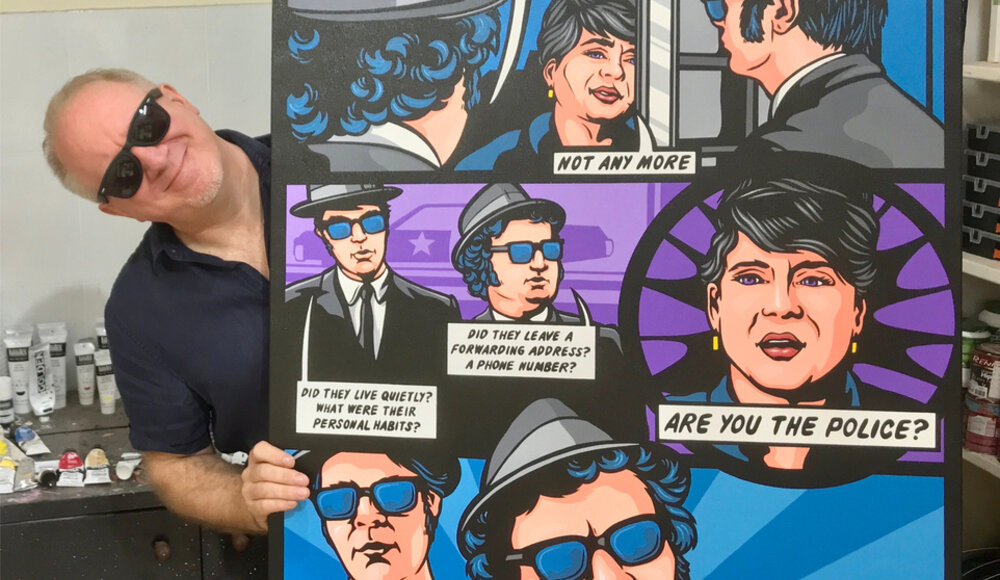

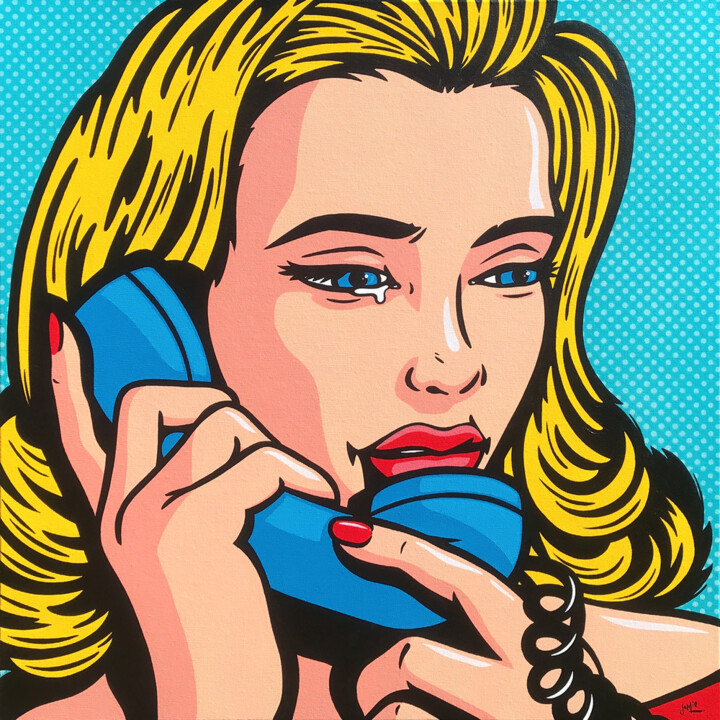


 Olimpia Gaia Martinelli
Olimpia Gaia Martinelli


